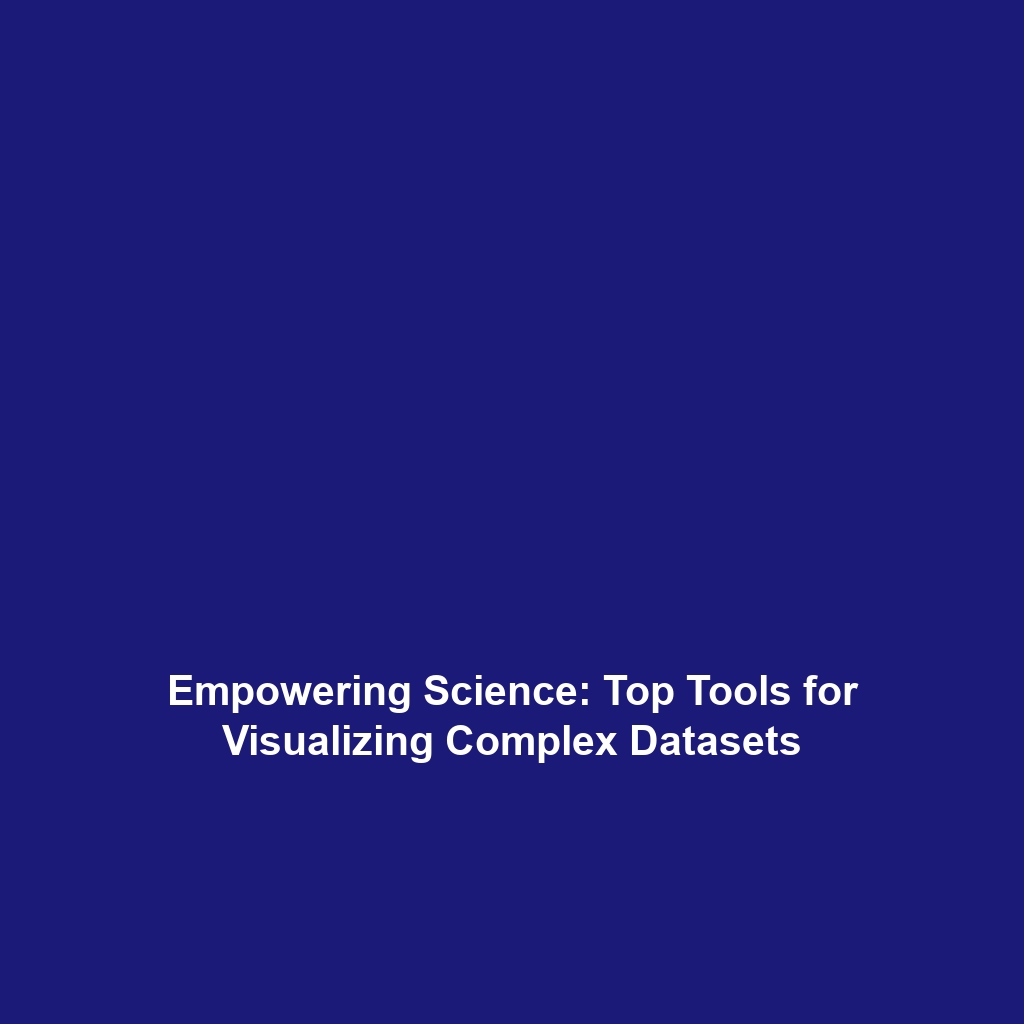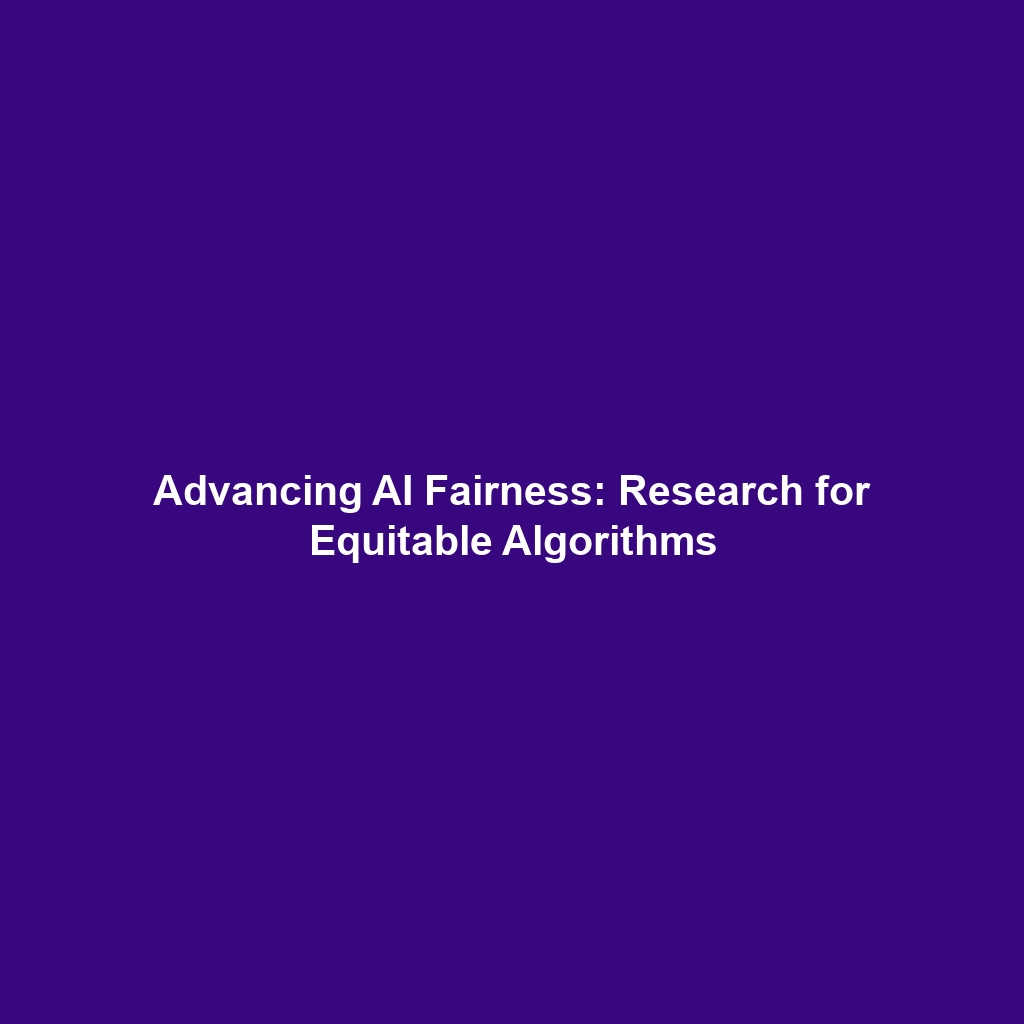Sodium-Ion Batteries: A Sustainable Alternative in Battery Technology
Introduction
As the demand for sustainable energy storage solutions increases, sodium-ion batteries have emerged as a viable alternative to the widely-used lithium-ion counterparts. Although sodium-ion batteries exhibit lower energy density than lithium-ion batteries, their enhanced environmental compatibility and sustainability make them particularly appealing for large-scale energy storage applications. This article explores the significance of sodium-ion technology within the broader context of Battery Technology, highlighting its advantages and potential impact on the future of energy storage.
Key Concepts
Sodium-Ion Battery Basics
Sodium-ion batteries operate on similar principles to lithium-ion batteries but use sodium ions as charge carriers. Below are some essential concepts:
- Materials Used: Sodium-ion batteries typically utilize sodium cobalt oxide or sodium iron phosphate as cathode materials and carbon-based anodes.
- Energy Density: Sodium-ion batteries generally possess a lower energy density, ranging from 100 to 150 Wh/kg, compared to lithium-ion systems.
- Environmental Impact: Sodium is abundant and less harmful to the environment, making sodium-ion batteries a more sustainable choice in Battery Technology.
Applications and Real-World Uses
The applications of sodium-ion batteries are diverse, especially in contexts where sustainability is prioritized:
- Grid Energy Storage: Sodium-ion batteries can store excess energy generated from renewable sources, like solar and wind, providing reliable energy during high-demand periods.
- Electric Vehicles: While still in developmental stages, sodium-ion batteries offer the potential for use in electric vehicles (EVs), targeting eco-conscious consumers seeking greener alternatives.
- Portable Electronics: The technology is being explored for use in consumer electronics as manufacturers look for greener battery options.
Current Challenges
Despite their benefits, sodium-ion batteries face notable challenges that can hinder their widespread adoption:
- Lower Energy Density: The diminished energy density compared to lithium-ion batteries presents limitations for applications needing high energy output.
- Cycle Life: Sodium-ion batteries currently exhibit shorter cycle life, which can affect long-term performance and viability.
- Production Costs: Current production technologies may result in higher costs that could impede large-scale deployment.
Future Research and Innovations
Future research is crucial for overcoming the limitations of sodium-ion batteries. Innovations on the horizon include:
- Improved Materials: Researchers are investigating novel materials that enhance the energy density and cycle life of sodium-ion batteries.
- Hybrid Systems: Developing hybrid systems that combine sodium-ion and lithium-ion technologies could offer enhanced performance and accessibility.
- Sustainable Manufacturing Processes: Efforts are underway to develop eco-friendly manufacturing processes for sodium-ion batteries, further solidifying their role in sustainable Battery Technology.
Conclusion
Sodium-ion batteries offer a promising sustainable alternative to traditional lithium-ion technology, addressing critical environmental concerns while providing a potential solution for large-scale energy storage. As advancements in research and technology continue to develop, sodium-ion batteries could play a vital role in the future landscape of Battery Technology. To learn more about energy storage solutions, consider exploring our articles on lithium-ion technologies and renewable energy storage solutions.







